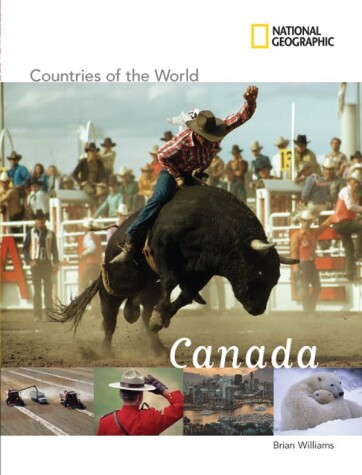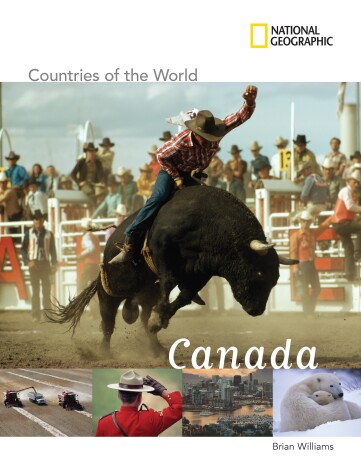Countries of The World
2 total works
National Geographic invites young readers to look north – to the world's second-largest country. Learn how Canada boasts more lakes than any other nations, and why its geological, climatic, and ecological variety make it a geographer's wonderland.
Look back to a time when timber, minerals, and fresh water reserves initially attracted settlers to this great wilderness. Learn the background of Canada's formation in 1867 when three British colonies united to create a partially independent state of four provinces. Read how Canada achieved full independence in 1931. Experience a modern country self-sufficient in fossil fuels, whose rivers supply hydroelectric power to the big cities of Toronto, Montreal, and Vancouver. It's here that you'll meet most Canadians, with three-quarters of the population now living in such metropolitan areas. Within these cities, immigrants from all over the Earth have etched out their own communities, making Canadian society a modern mosaic of assimilated cultures.
Read how Canada achieved full independence in 1931. Experience a modern country self-sufficient in fossil fuels, whose rivers supply hydroelectric power to the big cities of Toronto, Montreal, and Vancouver. It's here that you'll meet most Canadians, with three-quarters of the population now living in such metropolitan areas. Within these cities, immigrants from all over the Earth have etched out their own communities, making Canadian society a modern mosaic of assimilated cultures.
National Geographic supports K-12 educators with ELA Common Core Resources.
Visit www.natgeoed.org/commoncore for more information.

